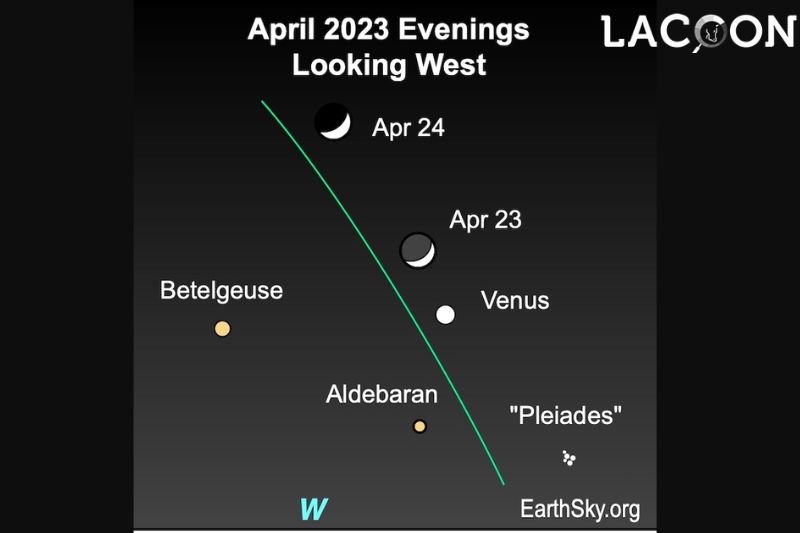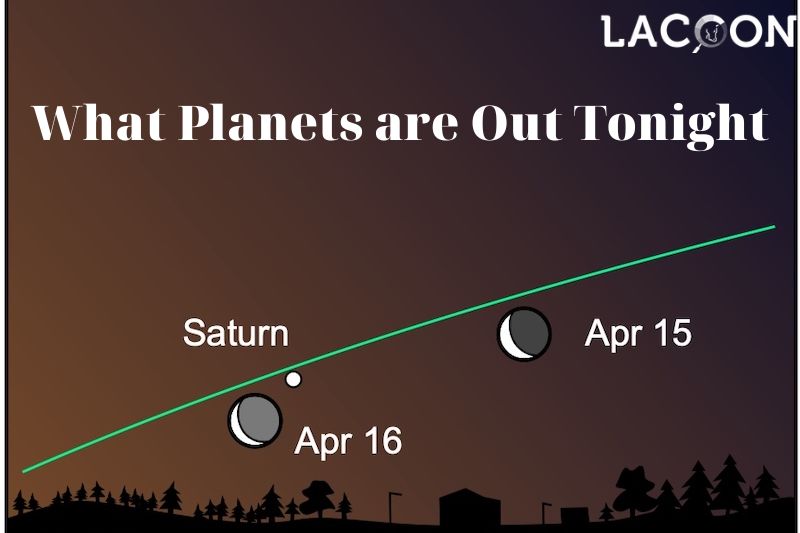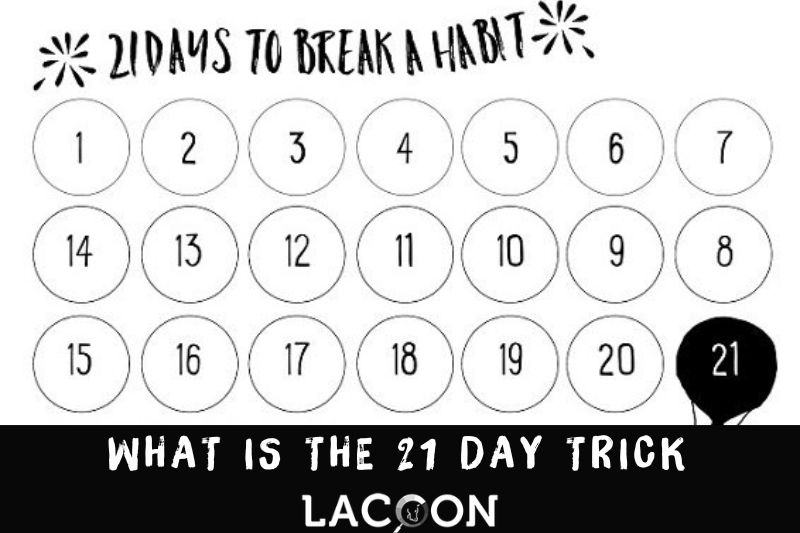Stargazing is a wonderful way to appreciate the beauty and grandeur of our universe. One of the most fascinating sights in the night sky is the planets, which can be seen with the naked eye or with the help of a telescope.
If you’re wondering what planets are out tonight, you’ve come to the right place.
In this article, Lacoon will explore what planets are out tonight, how to identify them, and some interesting facts about each planet.
So, prepare to look up at the sky and discover the wonders that await you!
The Old Moon and the Hybrid Solar Eclipse

On the morning of April 17, a thin, waning crescent moon will float between the horizon and the sixth planet, Saturn, before sunrise.
Whether you’ll see the April 17 moon depends on your location, as the angle of the ecliptic makes it challenging to see old moons from the Northern Hemisphere during this time of year.
However, the April 17 moon and Saturn will be much easier to see from the Southern Hemisphere.
A hybrid solar eclipse begins at 2:37 UTC on April 20, 2023 (the partial eclipse begins at 1:34 UTC). The instant of the new moon is on April 20, 2023, at 4:12 UTC (11:12 p.m. CDT April 19).
What Planets Are Out Tonight – Planets Visible in the April 2023 Sky
Venus in Taurus

Throughout April, dazzlingly bright Venus appears higher each evening in the west after sunset.
Venus will pass near the Pleiades star cluster around April 10 and 11, 2023, and then sweep between the Pleiades and the V-shaped Hyades star cluster. The waxing crescent moon will pass bright Venus on April 22 and 23.
Mars in Gemini

In April 2023, Mars will be in a good position for observing in the evening sky, making its way through the constellation Gemini the Twins.
Nearby will be the bright twin stars of Gemini, called Castor and Pollux. Earth passed between Mars and the sun in December, and now Earth is fleeing far ahead of Mars in orbit around the sun.
Mars will set over an hour after midnight at the month’s end. On April 25, 2023, Mars will shine near a thick waxing crescent moon.
Mercury through Mid-April

Use bright Venus to help you locate Mercury after sunset on April evenings. Mercury will start the month shining at magnitude -1, then fade to magnitude -0.2 on April 11, 2023.
That’s when it will reach its greatest distance from the sun and will set over an hour after sunset. After that, Mercury will fade quickly and will disappear after mid-month.
Saturn before Sunrise

In April, Saturn will lie low in the sky before sunrise. It will rise over an hour before sunrise at the beginning of April and will be up for over 2 hours before sunrise at month’s end.
A thin waning crescent moon will be near Saturn on April 16, 2023.
Special Celestial Events in April 2023
April 21 and 22 Evenings: Moon near Venus and Pleiades

On the evening of April 21, the waxing crescent moon will float near the delicate Pleiades star cluster.
On the following evening, April 22, the moon will move between the Pleiades and bright Venus. Also nearby will be the bright star Aldebaran.
Lyrid Meteor Shower: April 22-23, 2023
The Lyrid meteor shower will peak on the night of April 22-23, 2023. Be sure to look up and catch these shooting stars.
April 23 and 24 Evenings: Moon near Venus

After sunset on April 23 and 24, the waxing crescent moon will float by bright Venus. The two bright red stars nearby are Betelgeuse in Orion the Hunter and Aldebaran in Taurus the Bull.
Don’t forget to enjoy the beautiful Pleiades star cluster as well.
April 25 and 26 Evenings: Moon near Mars

The thick waxing crescent moon will pass by Mars on April 25 and 26. Also nearby are the two bright stars of Gemini the Twins, Castor and Pollux.
The other bright star is Procyon, the brightest star in Canis Minor the Lesser Dog.
April 27 Evening: Moon near the Beehive Cluster

The first quarter moon will pass very close to the Beehive star cluster on April 27. The Beehive, home to 1,000 stars, is in the constellation Cancer the Crab.
The twin stars, Castor and Pollux, of Gemini the Twins are also nearby. Another bright star shining nearby is Regulus in Leo the Lion. The moon and the Beehive will set around midnight.
April 28, 29, and 30 Evenings: Moon Passes through Leo

The waxing gibbous moon will move through the constellation Leo the Lion on April 28, 29, and 30, 2023.
The moon will pass through the stars of the asterism of the Sickle and then pass near Leo’s brightest star, Regulus.
Finally, the moon will slide below Leo’s hindquarters. They’ll be visible until a few hours after midnight.
Where’s Jupiter?
In April 2023, Jupiter will be too close to the sun to be seen. It will be in solar conjunction on April 11. Jupiter will return to visibility in the coming months.
Conclusion
April 2023 offers an array of celestial events and opportunities to spot various planets in the night sky.
From the old moon to the hybrid solar eclipse, and the dance of the moon with Venus, Mars, and Saturn, there’s something for every skywatcher to enjoy.
As always, remember to consult sky dome maps and plan your observations according to the times and locations provided. Happy stargazing!





